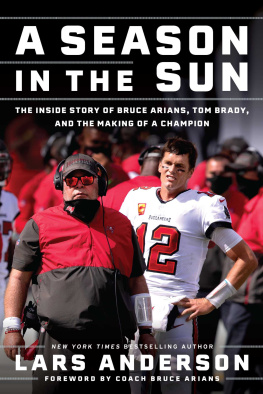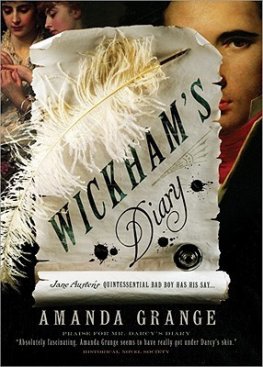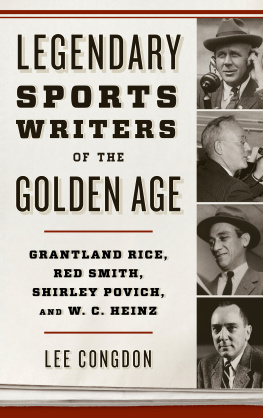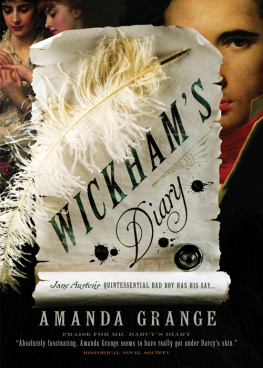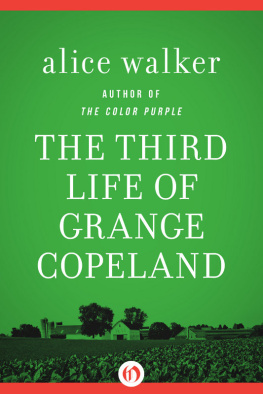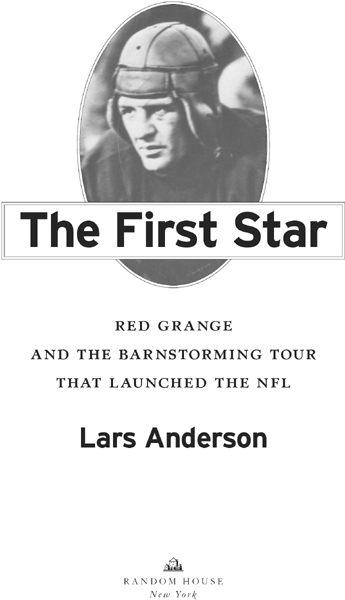Lars Anderson - The First Star: Red Grange and the Barnstorming Tour That Launched the NFL
Here you can read online Lars Anderson - The First Star: Red Grange and the Barnstorming Tour That Launched the NFL full text of the book (entire story) in english for free. Download pdf and epub, get meaning, cover and reviews about this ebook. year: 2009, publisher: Random House Publishing Group, genre: Detective and thriller. Description of the work, (preface) as well as reviews are available. Best literature library LitArk.com created for fans of good reading and offers a wide selection of genres:
Romance novel
Science fiction
Adventure
Detective
Science
History
Home and family
Prose
Art
Politics
Computer
Non-fiction
Religion
Business
Children
Humor
Choose a favorite category and find really read worthwhile books. Enjoy immersion in the world of imagination, feel the emotions of the characters or learn something new for yourself, make an fascinating discovery.

- Book:The First Star: Red Grange and the Barnstorming Tour That Launched the NFL
- Author:
- Publisher:Random House Publishing Group
- Genre:
- Year:2009
- Rating:4 / 5
- Favourites:Add to favourites
- Your mark:
The First Star: Red Grange and the Barnstorming Tour That Launched the NFL: summary, description and annotation
We offer to read an annotation, description, summary or preface (depends on what the author of the book "The First Star: Red Grange and the Barnstorming Tour That Launched the NFL" wrote himself). If you haven't found the necessary information about the book — write in the comments, we will try to find it.
Red Granges on-field exploits at the University of Illinois, so vividly depicted in print by the likes of Grantland Rice and Damon Runyan, had already earned him a stature equal to that of Babe Ruth, Jack Dempsey, and other titans of American sports golden age. Then, in November 1925, Grange made the fateful decision to parlay his fame in pro ball, at the time regarded as inferior to the purer college game.
Grange signed on with the dapper theater impresario and promoter C. C. Pyle, who had courted him with the promise of instant wealth and fame. Teaming with George Halas, the hard-nosed entrepreneurial boss of the cash-strapped Chicago Bears NFL franchise, Pyle and Grange crafted an audacious plan: a series of seventeen matches against pro teams and college all-star squadsan entire seasons worth of games crammed into six punishing weeks that would forever change sports in America.
With an unerring eye, Anderson evocatively captures the full scope of this frenetic Jazz Age spectacle. Night after night, the Bears squared off against a galaxy of legendsJim Thorpe, George Wildcat Wilson, the Four Horsemen of Notre Dame: Stuhldreher, Crowley, Miller, and Laydenwhile entertaining immense crowds. Granges name alone could cause makeshift stadiums to rise overnight, as occurred in Coral Gables, Florida, for a Bears game against a squad of college stars. Facing constant physical punishment and nonstop attention from autograph hounds, gamblers, showgirls, and headhunting defensive backs, Grange nevertheless thrilled audiences with epic scoring runs and late-game heroics.
Granges tour alone did not account for the rise of the NFL, but in bringing star power to fans nationwide, Grange set the pro game on a course for dominance. A real-life story chock-full of timeless athletic feats and overnight fortunes, of speakeasies and public spectacles, The First Star is both an engrossing sports yarn and a meticulous cultural narrative of America in the age of Gatsby.
Lars Anderson: author's other books
Who wrote The First Star: Red Grange and the Barnstorming Tour That Launched the NFL? Find out the surname, the name of the author of the book and a list of all author's works by series.

